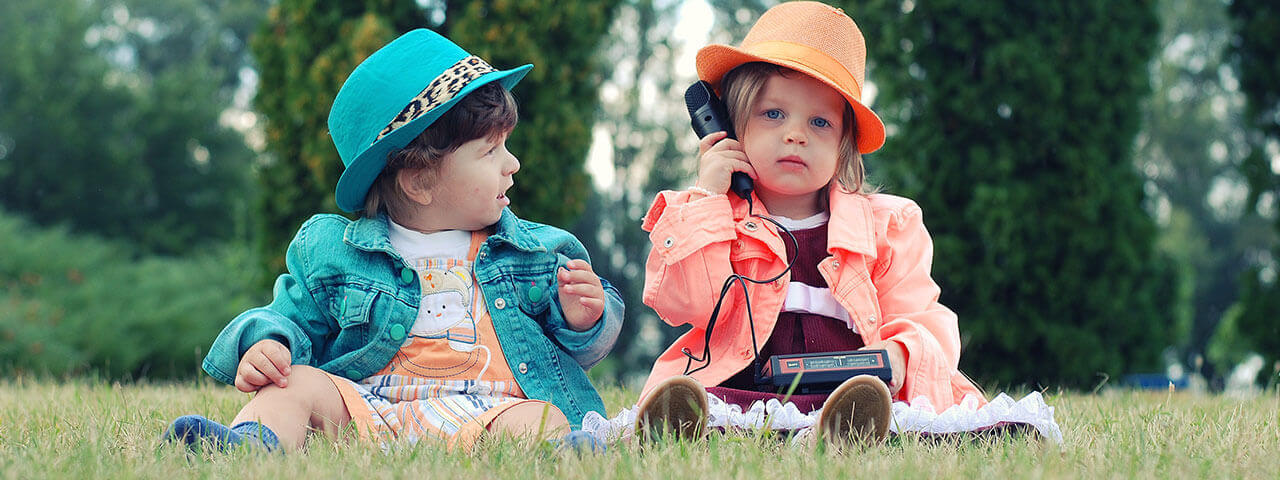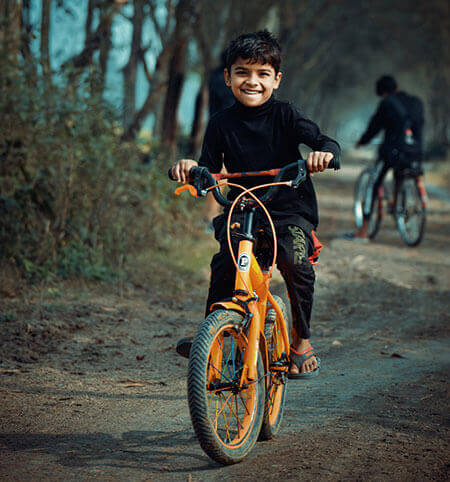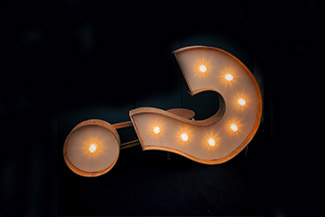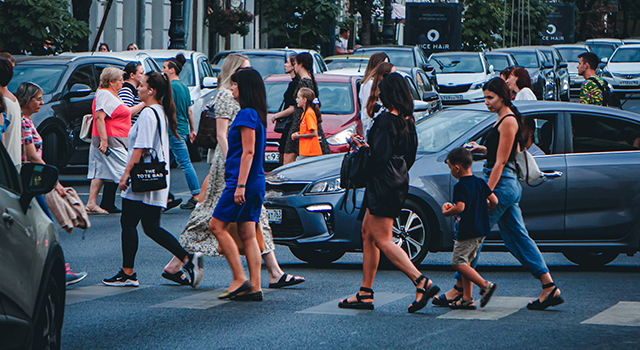
Is Childhood Myopia (Nearsightedness) Dangerous?
Myopia (nearsightedness) progression in children is more than just a rapidly changing prescription. Medical research now indicates that myopia progression in children can actually be dangerous. As a child quickly develops and myopia rapidly progresses, the child is at risk of developing serious sight-threatening eye diseases later in life. Namely, retinal detachment, macular degeneration, glaucoma and cataracts. The faster the progression, and the younger the child, the greater the risk.
To thwart any of these sight-robbing conditions, Eyesymmetry Vision Center offers evidence-based treatment to prevent the onset or reduce the progression of myopia in our pediatric patients. Our staff works closely with each family and provides personalized treatment programs based on the child’s unique needs.
What Is the Connection Between Myopia and Eye Disease?
Cataracts and Myopia
A child with medium to high myopia is 5 times more likely to develop cataracts in his or her lifetime. Cataracts occur when the lens of the eye clouds rendering it difficult or even impossible to see.
Glaucoma and Myopia
Rates of glaucoma increase dramatically in children with myopia. A child with medium to high myopia is 5 times more likely to develop glaucoma — the leading cause of blindness in the United States and Canada. This condition develops when ocular fluid build-up places pressure on the eye, causing irreversible damage to the optic nerve.
Retinal Detachment
Recent research has shown that medium-to-high myopia significantly increases the risk of developing retinal detachment. Retinal detachment is a condition where the retina detaches from the layers beneath it, causing field vision loss, light flashes, floaters and in severe cases — total loss of sight. A child with mild myopia (-4D to -7D) is 21 times more likely to develop retinal detachment, whereas a child with high myopia (-7D and higher) is 44 times more likely to develop this serious condition.
Myopic Macular Degeneration
Myopia is caused by the elongation of the eyeball. When myopia is extremely high, it can cause the retina to stretch, leading tears to form in the macula and bleeding to occur in the areas beneath the retina. This can result in irreversible vision loss and even blindness.
What To Do About Myopia Progression?
 One of the best things you can do to slow your child’s myopia progression is to ensure that he or she undergo routine annual eye exams. It’s important that Myopia Control Specialist, Dr. Moshe Schwartz O.D., F.A.A.O. monitor the rate at which the myopia is progressing. If your child’s vision is rapidly deteriorating, we can offer various myopia management measures to slow the progression and enable your child to experience a more mild form of myopia than he or she would have otherwise had without treatment.
One of the best things you can do to slow your child’s myopia progression is to ensure that he or she undergo routine annual eye exams. It’s important that Myopia Control Specialist, Dr. Moshe Schwartz O.D., F.A.A.O. monitor the rate at which the myopia is progressing. If your child’s vision is rapidly deteriorating, we can offer various myopia management measures to slow the progression and enable your child to experience a more mild form of myopia than he or she would have otherwise had without treatment.
What is Myopia Management?
Myopia management refers to different techniques to slow the progression of myopia in children and teens. These treatment options reduce the stress and fatigue which are ultimately responsible for deforming the cornea and therefore causing myopia. This, in turn, slows or even stops the development and progression of myopia. Eyesymmetry Vision Center currently offers several different customized and evidence-based treatment options for effective myopia management.
What Are the Treatment Options for Myopia?
Certain treatments in the form of eye drops, contact lenses or glasses, can help slow down a child’s myopia vision deterioration.
The treatments offered at our practice include:
- Atropine eye drops
- Orthokeratology (“ortho-k”)
- Multifocal contact lenses
- Multifocal glasses
Over a period of 6-12 months, patients are carefully monitored and reviewed to assess the efficacy of the chosen treatment modality.
For more information, or to learn how to get your child started with myopia management, get in touch with Eyesymmetry Vision Center, and our staff will be happy to answer any questions you may have.
Our practice serves patients from Owings Mills, Baltimore, Ellicott City, and Randallstown, Maryland and surrounding communities.









